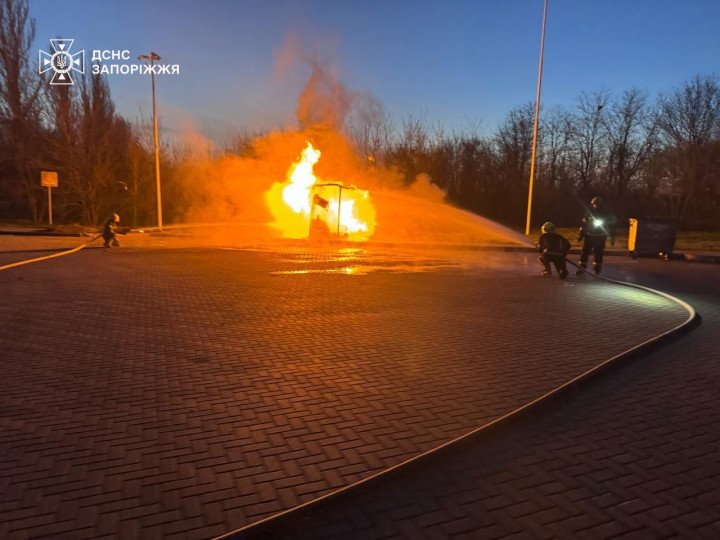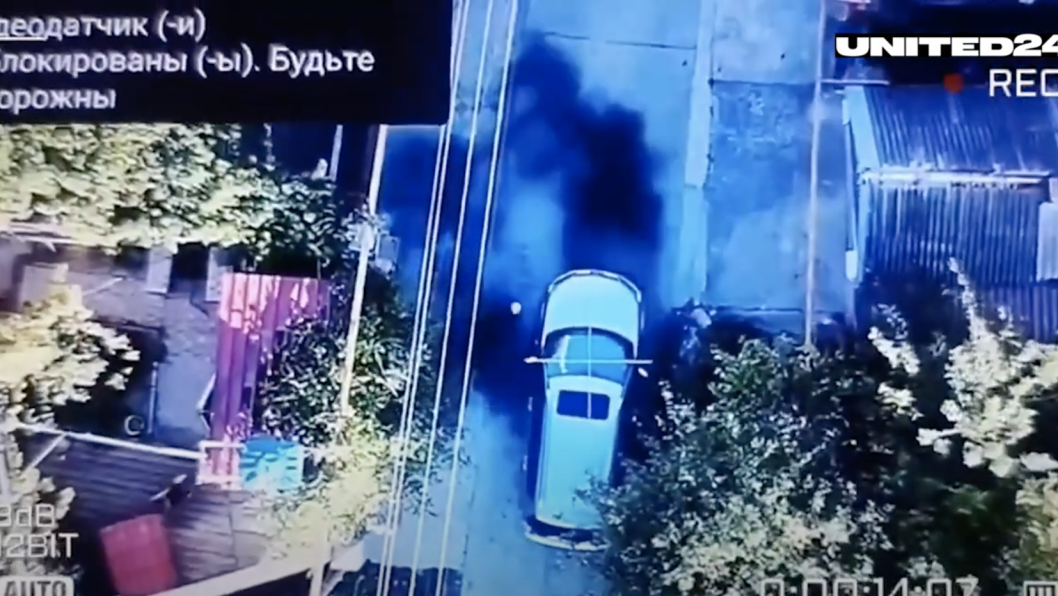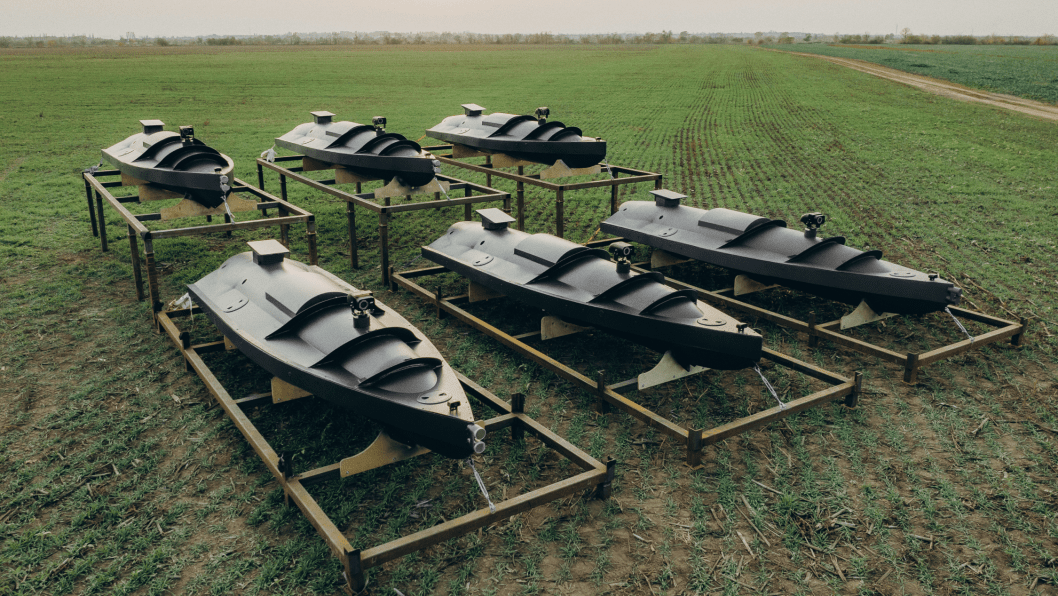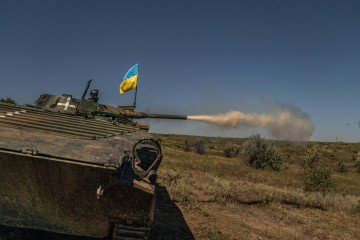A recent attack in Zaporizhzhia has raised concerns about a potential shift in Russia’s drone capabilities, following reports that an FPV drone may have been used to strike targets in the city for the first time.
According to Ukraine’s State Emergency Service (SES) in Zaporizhzhia region, two incidents occurred on the morning of April 14 involving unmanned aerial vehicles. One drone reportedly hit a gas module at a civilian fueling station in Zaporizhzhia, igniting a fire over 20 square meters.
Another strike in the nearby settlement of Stepnohirsk caused significant damage to a multi-story residential building, affecting apartments on the first and third floors.

While initial SES reports mentioned the use of FPV drones, the reference was later removed. However, several Telegram channels have since claimed that this was the first time Russia deployed FPV drones to strike Zaporizhzhia, a city located approximately 30 kilometers from the frontline.
Spokesperson for the Southern Defense Forces, Vladyslav Voloshyn, told RBC-Ukraine that conclusive identification of the drone type will require analysis of the debris.
He noted that Russian forces typically launch FPV drones from several kilometers behind the line of contact, and if it is confirmed that such a drone reached Zaporizhzhia, it would indicate the development of long-range variants exceeding 30 kilometers—well beyond the usual 3 to 10 kilometer range of standard FPV drones.

“If confirmed, this could signal a new phase in drone warfare, with Russia testing extended-range FPV drones capable of striking deeper into Ukrainian territory,” Voloshyn stated.
Until now, Russia has relied on ballistic missiles, Shahed drones, and guided aerial bombs for attacks on Zaporizhzhia. FPV drones have typically been used against targets close to the contact line.
Earlier, a UN report from February 2025 stated that short-range drones had become the leading cause of civilian casualties in Ukraine, particularly in Kherson. In January alone, 27% of civilian deaths and 30% of injuries were caused by drones dropping explosives on civilian targets, including vehicles and public transport.




-72b63a4e0c8c475ad81fe3eed3f63729.jpeg)





-111f0e5095e02c02446ffed57bfb0ab1.jpeg)